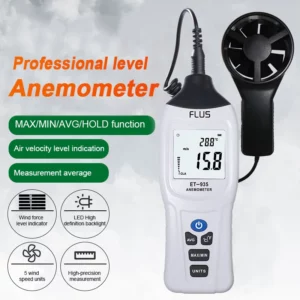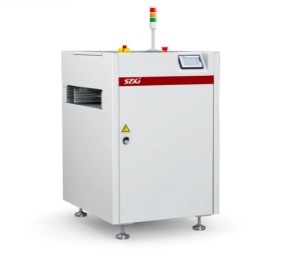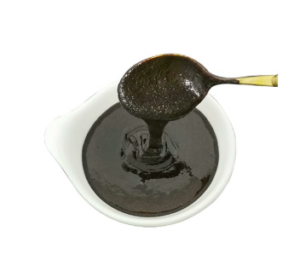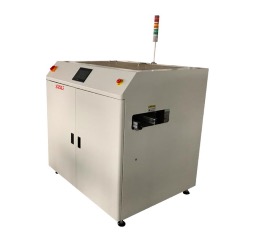When it comes to understanding weather patterns, wind speed is a crucial factor that can influence everything from aviation to agriculture. To accurately measure wind speed, meteorologists and hobbyists alike rely on a device known as wind speed meter anemometer.
Table of Contents
ToggleUnderstanding wind speed meter anemometer
An anemometer is a device specifically designed to measure wind speed and, in some cases, wind direction. The term “anemometer” is derived from the Greek word “anemos,” which means wind. These instruments have been used for centuries, with the earliest designs dating back to the 15th century. Today, anemometers come in various forms, each suited for different applications and environments.
Types of Anemometers
- Cup Anemometers: This is the most common type of wind speed meter anemometer. It consists of three or four cups mounted on horizontal arms. As the wind blows, it spins the cups, and the speed of rotation is directly proportional to the wind speed. Cup anemometers are widely used in meteorological stations and for wind energy assessments.
- Vane Anemometers: These devices combine a rotating blade with a wind vane to measure wind speed and direction. The blade spins in the wind, and the speed of rotation is converted into a wind speed reading. Vane anemometers are often used in HVAC applications and for measuring airflow in various settings.
- Hot-Wire Anemometers: These sophisticated devices use a thin wire heated by an electric current. As air flows over the wire, it cools down, and the rate of cooling is used to calculate wind speed. Hot-wire anemometers are highly sensitive and are often used in laboratory settings or for research purposes.
Applications of Anemometers
Anemometers have a wide range of applications across various fields. Here are some of the most common uses:
Meteorology: Anemometers are essential tools for meteorologists who need to monitor wind speed and direction to predict weather patterns accurately. A wind speed meter anemometer provides real-time data that can be crucial for weather forecasting.
Aviation: Pilots rely on accurate wind speed measurements for safe takeoffs and landings. Anemometers are used at airports to provide wind speed data to air traffic control and pilots.
Wind Energy: The wind energy industry uses anemometers to assess potential sites for wind farms. By measuring wind speed over time, developers can determine the feasibility of generating electricity from wind.
Sports and Recreation: Outdoor enthusiasts, such as sailors, surfers, and paragliders, use anemometers to gauge wind conditions. A wind speed meter anemometer can help them make informed decisions about when and where to engage in their activities.
HVAC Systems: In heating, ventilation, and air conditioning (HVAC) systems, anemometers are used to measure airflow and ensure that systems are operating efficiently.
Conclusion
In summary, an anemometer is a vital instrument for measuring wind speed, with various types available to suit different needs. Whether you are a meteorologist, pilot, wind energy developer, or outdoor enthusiast, understanding what an anemometer for measuring wind speed is and how it works can enhance your knowledge and decision-making.
0





